Business structures and legal registration
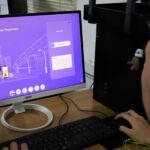
Since the 1990s, the Cambodian economy has recorded a substantial expansion led by the tourism, manufacturing and construction sectors. One of the highest economic growth rates in the world allowed Cambodia to become a lower-middle-income country in 2015 1The country has a strategic position in href='https://opendevelopmentcambodia.net/topics/business-structures-and-legal-registration/ ' class='cambodia-color'>...
Ministry of Economy and Finance
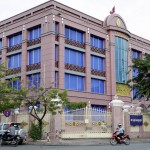
National Bank of Cambodia, Cambodia. Photo by Stephen McGrath, taken on 21 June 2010. Licensed under CC BY-NC-ND 2.0 In 1996, the Ministry of Economy and Finance (MEF) was established by law.9 Its organization and functioning is defined by a sub-decree of the Royal Government href='https://opendevelopmentcambodia.net/topics/ministry-of-economy-and-finance/ ' class='cambodia-color'>...
Environmental impact assessments
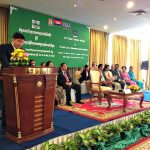
The primary legal requirements for environmental impact assessments (EIAs) in Cambodia are set out in Content II, Book V of the Environment and Natural Resource Code19, Chapter III of the Law on Environmental Protection and Natural Resource Management 199620(EPNRM Law), and the Sub-Decree no. 72 href='https://opendevelopmentcambodia.net/topics/environmental-impact-assessments/ ' class='cambodia-color'>...
Sugarcane
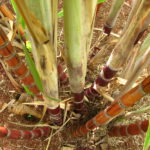
Growth in sugar production in Cambodia has created significant potential for sugarcane-based biofuel production. That potential has not yet been realized, though recent foreign investment may give rise to change. There are several types of sugar crop: sugarcane, sugar palm trees and sugar beets. Sugarcane href='https://opendevelopmentcambodia.net/topics/sugarcane/ ' class='cambodia-color'>...
Bilateral development assistance
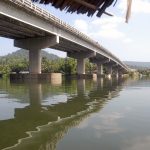
Phum Doung Bridge over the Tatai River. Photo by Robert Tyabji, taken on 9 December 2010. Licensed under CC BY-NC-ND 2.0Bilateral aid is assistance given by a government directly to the government of another country or to a local NGO. The Royal Government of Cambodia href='https://opendevelopmentcambodia.net/topics/bilateral-development-assistance/ ' class='cambodia-color'>...
Private non-profit development assistance
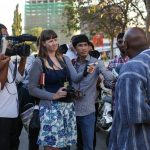
Maina Kiai speaking with journalists outside the Ministry of Foreign Affairs in Phnom Penh. Photo by Maina Kiai, taken on 6 February 2014. Licensed under CC BY 2.0The first humanitarian international non-governmental organizations arrived in 1989. After the 1993 election, more and more internal organizations href='https://opendevelopmentcambodia.net/topics/private-non-profit-development-assistance/ ' class='cambodia-color'>...
Ethnic minorities and indigenous people
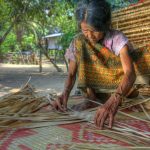
According to the Kingdom of Cambodia’s 2019 general population census, the total Cambodian population is 15,552,211 (51.31% of females).153 By 2021, the population increased to 16,589,023.154 Vietnamese, Chinese, Chams and other minorities also live in the country. Indigenous ethnic groups known as “Khmer Loeu” live href='https://opendevelopmentcambodia.net/topics/ethnic-minorities-and-indigenous-people/ ' class='cambodia-color'>...
Land
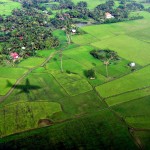
Aerial view of Cambodia paddy rice field. Photo by Sai Kwong, taken on 23 October 2010. Licensed under CC BY-NC 2.0.Land lies at the center of debates about Cambodia’s socioeconomic development. For farmers in the fertile lowlands, private land ownership rights have enabled recovery of href='https://opendevelopmentcambodia.net/topics/land/ ' class='cambodia-color'>...
Vocational education
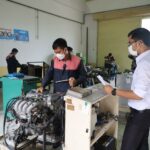
By definition, Vocational education refers to the program that enables people to acquire highly transferable and development skills. It also grants people the necessary technical skill for their desired career.279 Cambodia’s vocational education plays an important role during the country’s economic structural transition and the href='https://opendevelopmentcambodia.net/topics/vocational-education/ ' class='cambodia-color'>...
Climate change
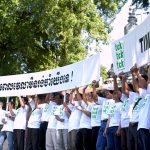
Voice from Cambodia–Time is running out. Photo by Oxfam International, taken on 21 October 2009. Licensed under CC BY-NC-ND 2.0.Climate change is the long-term change in the statistical distribution of weather patterns. While the climate of the earth has always gone through periods of change, modern scientific evidence href='https://opendevelopmentcambodia.net/topics/climate-change/ ' class='cambodia-color'>...
Labor
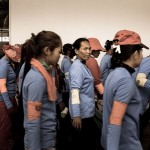
Garment workers waiting in line to get food. Photo by International Labour Organisation, taken on 14 July 2015. Licensed under CC BY-NC-ND 2.0.Cambodia has the highest labor force participation rate in the Southeast Asia/Pacific region, with 82.7 percent of the working population aged 16-64 employed href='https://opendevelopmentcambodia.net/topics/labor/ ' class='cambodia-color'>...
Rivers and lakes
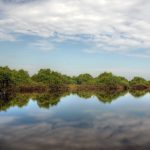
Tonle Sap lake reflections. Photo from Mariusz Kluzniak. Uploaded on 1 January 2012. Licensed under CC BY-NC-ND 2.0Despite severe droughts striking the country frequently, Cambodia possesses substantial water resources, mostly contained in the Mekong River and the Tonle Sap great lake and river. The lake href='https://opendevelopmentcambodia.net/topics/rivers-and-lakes/ ' class='cambodia-color'>...
National government
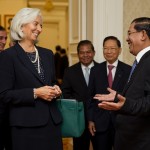
Cambodia is a constitutional monarchy. According to the 1993 Constitution, although he is the head of state, the king has very limited powers compared to the prime minister, the head of the government. Unlike the 1947 Constitution, power does not come from the king but href='https://opendevelopmentcambodia.net/topics/national-government/ ' class='cambodia-color'>...
Ground water
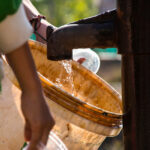
Cambodia relies heavily on its groundwater resources to overcome water shortages during the dry season. More than half of the population depends on it when enough surface water is not available. At a certain depth, the ground is saturated with water, and the upper surface href='https://opendevelopmentcambodia.net/topics/groundwater/ ' class='cambodia-color'>...
Relevant ministries
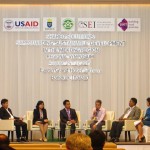
The Ministry of Environment is the main authority mandated to oversee environmental issues, including protected areas, environmental impact assessments, and management of natural resources. href='https://opendevelopmentcambodia.net/topics/relevant-ministries/ ' class='cambodia-color'>...
Marine and coastal areas
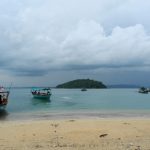
In terms of attractiveness, one of Cambodia’s assets is the relative absence of intense development along its coasts, in comparison with neighboring countries. The 440 kilometer-long coastline includes a large area of non-urbanized zones, where locals can make their livelihoods from coastal resources. Cambodia’s coastline href='https://opendevelopmentcambodia.net/topics/marine-and-coastal-areas/ ' class='cambodia-color'>...
On-shore oil and gas exploration and extraction
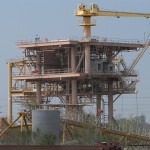
Nineteen onshore blocks have been delineated for possible oil exploration. Contracts have been awarded for three. No oil is currently extracted in Cambodia. href='https://opendevelopmentcambodia.net/topics/onshore-oil-and-gas-exploration-and-extraction/ ' class='cambodia-color'>...
Extractive industries licensing and payments
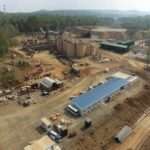
Overview of an industrial gold mine and refinery in Okvau. Photo taken from the Ministry of Mines and Energy’s Facebook Page, taken on 11 June 2021.Mineral resources are defined as “any substance, whether in solid, liquid or gaseous form, naturally originated by a geological process href='https://opendevelopmentcambodia.net/topics/extractive-industries-licensing-and-payments/ ' class='cambodia-color'>...
Land policy and administration
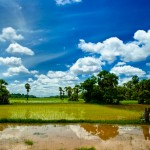
The Royal Government of Cambodia's land policy has three pillars: land administration, land management and land distribution. The objective of the country’s land policy is to facilitate the use and management of land and natural resources for socio-economic development in an equitable and sustainable manner. href='https://opendevelopmentcambodia.net/topics/land-policy-and-administration/ ' class='cambodia-color'>...
Trade
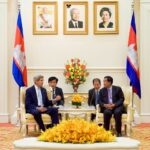
U.S. Secretary of State John Kerry and Cambodian Prime Minister Hun Sen at a bilateral meeting. Photo by U.S. Embassy Phnom Penh, taken on 06 January 2016. Licensed under CC BY-ND 2.0.Cambodia is a lower middle-income country with a fast-growing economy that has sustained a href='https://opendevelopmentcambodia.net/topics/trade/ ' class='cambodia-color'>...



